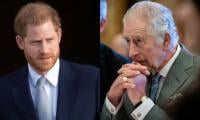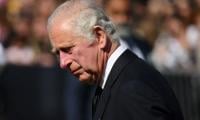The two-day International Conference on Girls’ Education in Muslim Communities: Challenges and Opportunities concluded in Islamabad on Sunday (January 12). In the aftermath, most of the headlines have been grabbed by the appearance of Malala Yousafzai, her denouncement of the Afghan Taliban’s restrictions on women and girls’ education and her urging the world to do something about it. The event began with an address by Prime Minister Shehbaz Sharif who emphasised the importance of female education and ended with the historic Islamabad Declaration, urging Islamic governments, private institutions and international organisations to prioritise girls’ education in national agendas, stressing the importance of combating extremist ideologies and cultural norms that obstruct educational opportunities for women.
Even more encouragingly, the declaration called for educational institutions and international organisations to use digital resources to enhance girls’ access to education, something which may help overcome the physical and financial constraints that often hold back progress on education in poorer countries. As such, it is heartening to see a girls’ education, long neglected in Pakistan and other Muslim countries, finally get the spotlight, respect and backing that it deserves. With over 25 million children, an estimated 36 per cent of the demographic, out of school in Pakistan, it is clear that the country has not performed well on this metric by any measure. However, it is girls and women who have suffered disproportionately. Girls make up at least 12 million of the total out-of-school children population and those from the country’s low-income segments are 22 per cent less likely to attend school than boys. At least 26 per cent girls across the country have never been to school and only 49 per cent of women, as compared to 71 per cent men, have access to higher education. The culmination of all this has been a female literacy rate that stands at an abysmal 49 per cent.
With women making up over half of Pakistan’s population, this means that around a quarter of the overall population is illiterate. This is an absolutely devastating development for any hope of social and economic development. There is simply no way for a country to move forward when those raising the next generation are so isolated from education and, consequently, economic opportunity. One of the factors that has led us here has indeed been extremist propaganda that seeks to paint the education of girls and women as somehow irreligious or immoral. The Islamabad Declaration is right to take a stand against such misinformation. However, we have seen conferences and declarations like this many times. The leg-work needed to make their sentiments operative usually never materialises. As such, it remains unclear how a nation that allocates a mere 1.91 per cent of its GDP to education will simultaneously expand female education and counter the deep-rooted propaganda against it. This is the propaganda that led to Malala Yousafzai almost being killed when she was just a school girl and she is not alone when it comes to girls and women who have been met with violence while trying to access their rights. Ensuring their safety will have to mean sparing no expense.















